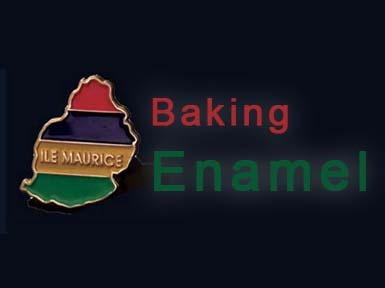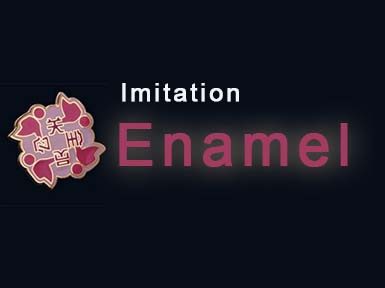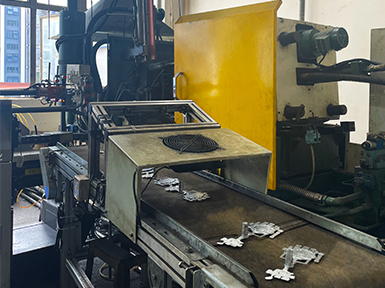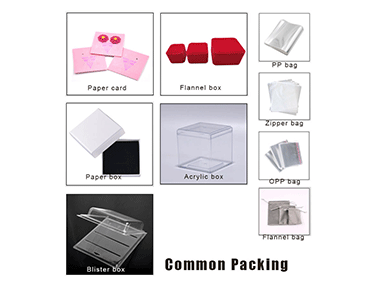The various decorative color techniques used in custom-made artcrafts, such as soft enamel, imitation enamel, glass enamel, transparent enamel, glitter, luminous paint, sandblasting, etc
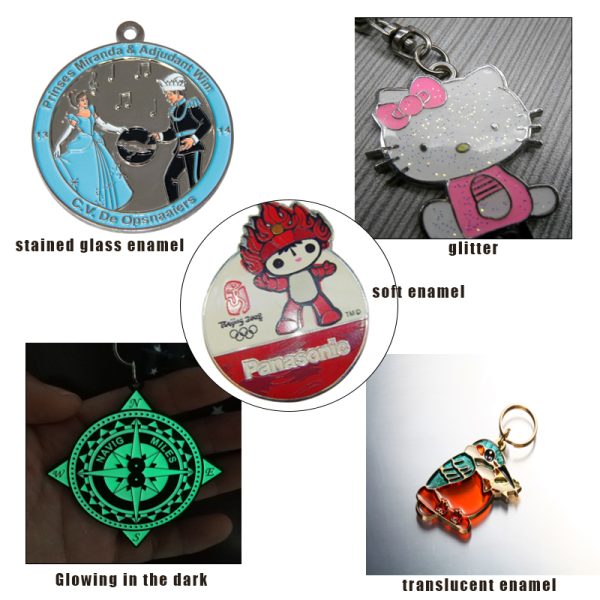
decorative color
| Decorative Color Craftsmanship | Characteristics |
| soft enamel | 1. Soft enamel is thinner and has good fluidity. It will be more concave after drying. 2. Electroplating first, then coloring. 3. The minimum coloring position is 0.3mm |
| imitation hard enamel | 1. It is relatively thick. 2. It is more expensive 3. First apply color paste-polishing-electroplating (reverse process), the color is as flat as the metal edge. 4. The minimum coloring position is 0.5mm |
| glass enamel /stained glass | 1. It is relatively thick, and the fluidity is not as good as the soft enamel. 2. It has a glass luster. 3. Electroplating first and then coloring, the surface is relatively smooth 4. If you want to add transparent glass paint to the hollow part, you need to stick high-temperature tape on the back of the product. |
| translucent enamel /stain glass | |
| glitter | 1. Apply the paint first, add onion powder when the paint is half dry, and then bake it completely dry. 2. There are seven-color powder and single-color onion powder. 3. If you cover the onion powder surface with AP glue (epoxy), the effect will be more beautiful. |
| Glowing in the dark | 1. Apply the paint first, and then add the luminous paint after the paint is completely applied. 2. The luminous effect is green. |
| sandblasting | 1. The imitation sand can be sprayed directly or injected with a syringe. 2. The effect will be more matte than the discharge sand. |

